This month I took the time to chat with fellow Magic: the Gathering artist, Victor Adame Minguez, whose work I have admired from the moment I first laid eyes on it. Our conversation ended up being a little on the long side, so rather than waste my words on the introduction, I’ll instead get right to the conversation.
Steve: Thanks for taking the time to chat with me, Victor. I know you’re someone who a lot of folks were interested in seeing me interview and I was more than happy to oblige. To start with, can you tell me a bit about your background? Where you went to school, how you got your start?
Victor: I went to school in Mexico, nothing too fancy or exciting—I went to art school like almost everybody else. I knew from an early age I wanted to paint for a living—that much was easy—but being honest with myself that I wanted to do fantasy was the hard part. See, there’s not a lot of opportunity to do that (much less in Mexico), but when I analyzed the first Magic cards that I bought, it made me realize that these images were illustrated by real people, and that they were getting paid to do it.
Steve: Oh, so you were a fan of the game before you started working on it.
Victor: Yeah, I was and still am. Getting my foot in the door to actually start working for them, though, was just a matter of saving a few bucks to make the trip to comic-con where the art directors interviewed potential candidates.
Steve: Oh wow! You went to go meet them in person! Cool!
Victor: Yeah! Back in the olden days of cons and in-person interviews! To make the long story short, I tried four times before I got “in”, and as they say, the rest is history. That I now live in San Diego is pure coincidence.
Steve: Four times? Wow. Persistence obviously paid off! Did you interview with the same person each time, or—
Victor: It was a different art director each time.
Steve: So, I’m a big fan of finding out who inspires other artists so I’m curious to know who your art heroes are, and what is it about their work that really gets you going?
Victor: The colors, I’m all about the colors, and values, I guess, if you want to get technical. Brom is one of my favorite artists, and one of my early Magic goals was filling that gap he left when he stopped working on the game. The thing is that my work ended up looking different, but if you inspect it close you can see some inspiration. Other people I admire are Mark Zug for his brush quality, and Jesper Ejsing for his color choices. Now I realise you didn’t specify magic heroes, so I guess people like Bernin— are you kidding, that guy did that with marble? What’s MY excuse for not putting in the work?
Steve: Ha! First off, I can absolutely see the influence of both Brom and Zug in your work and you’re hardly the only one keepign close tabs on what Jesper is up to. But Bernini! Wow. That came out of left field. It’s a goodie, and I can totally see why his work would get you jazzed.
I first met you when you were doing concept art for Magic and I believe you’ve done additional concept work for them since. Do you prefer doing concept art to finished illustration, or is it more something that is a nice change of pace?
Victor: It’s a nice change of pace, it works out a different part of the brain and keeps the ideas fresh, but in the end I prefer finished illustration. Concepting is fun, but I want to see the concepts made into a finished piece! And no, I don’t want to wait two—sometimes three—years for that to happen. And especially now that I’m doing personal work, it’s like I’m doing concepts for my own paintings, and I don’t feel that itch to do concept for companies anymore to be honest.
Steve: Is concept art even something you could see yourself doing for a living?
Victor: A job is a job. Not right now, but I don’t know what the future holds.
Steve: Fair enough. I know you’ve done a good number of Magic pieces, are there any that stand out in particular, that you’re most proud of?
Victor: Yeah, there’s a few that I’m proud of or I can point to as major improvement pieces during my journey: Outflank, or Shalai in my digital days, and Mechtitan Token in the traditional days, but I don’t think my best mtg work has come out yet.
Steve: That’s exciting to hear. I look forward to seeing what’s ahead. Since you brought it up, you’re someone who has done work both with digital and traditional mediums. What goes behind the decision to use one medium over another?
Victor: Time, really. If I take on too many pieces like I did with Kamigawa, some of them are going to end up being digital, but if I can, I’m going to work almost 100% of the time traditionally.
The reason I started painting in oils was twofold, first, the originals market grew to the point it was hard to ignore, so that was more of a financial pivot. Second is that I felt there wasn’t any more room to grow digitally. I did all I wanted to do with the medium and was up for a challenge.
Steve: Like a several other illustrators I’ve talked to for Muddy Colors, you sometimes use 3D macquettes in preparation for your paintings. Can you talk a little bit about what you use to create those and why you take them as far as you do?
Victor: I drew most of my maquette inspiration from James Gurney. Seeing him work and how realistic those dinos are is what made me go the extra mile in that step of the process, and whenever one ends up being more polished than it has to is because the piece is just too much fun.
Steve: Can you expand upon your macquette process? Materials, etc….
Victor: First I build an armature wire (the skeleton of the piece), beef it up with tin foil, wrap that with thin wire so the clay has a textured surface to grab onto, all while trying to make it as close as possible to the sketch. For the clay I tend to use Super Sculpey, which is an oven bake clay that hardens similar to ceramics. I use Super Sculpey when I intend to do a more finished piece to keep or sell, otherwise I use Chavant, non-Sulphur plasticine, which is easier to work with but soft. That one is good for quicker models and can be reused.
Steve: How do you determine whether a macquette is necessary for a piece?
Victor: Anything not human that I can’t get a model for, so like a robot, or a monster, dragon, etc, which tends to be almost every illustration, because sometimes the people are accompanied by a fantasy element I can’t find in real life. It’s becoming a problem as I have way too many sculpts in my studio and running out of room.
Steve: Yeah, but that sounds like a good problem to have. Can you walk me through the process of a painting, maybe? I don’t know if you have any process shots, but even a sketch to color study to finish walkthrough would be great.
Victor: This is where I plug my patreon (link here). there I explain my process in a very detailed way—signing up helps me make more personal pieces.
Most people do thumbnails, and I sort of do, but they’re in my head, when I read the description (or plan my next personal piece) I usually try to imagine what it’s going to look like, I almost never struggle with this, but when I do then yeah, thumbnails come to the rescue. Then I do a line + color sketch as close as I can to that mental picture, what I want to get right here are colors, mood, poses, composition, then I clean it up for the sketch, which is at this point what I send to the art director for feedback, all in Photoshop. Thne I work on the reference, maquette or model photographs.
All that then goes into photoshop again and I sort of do a collage with these elements. The result looks a lot like matte painting, and in this stage I polish details like composition, colors, tangents, anatomy, anything that might be wrong, and (here’s what gets tedious to most people) I try to get my digital preliminary as close as I can to the oil painting. To some folks it sounds like doing a piece twice, and it kind of is.
Once I have that finished image, I transfer to the board I’m going to paint on which are Gessobord by Ampersand, using a projector. I trace the projected image using diluted acrylics. Once the tracing is done, I work on an acrylic underpainting and try to get as far as I can using acrylics. Then it’s on to oils, where I blend all together and render until my fingers bleed.
The first sketch usually takes me a work day, which is somewhere between 9-10 hours. The reference including the maquette takes up to two days, depending on how complex the maquette is, the photoshop collage is only a couple of hours. Transferring and acrylic underpaint takes a day, sometimes two, and the final step in oils takes from 4 – 6 days, depending on how complex the image is.
Steve: That makes total sense to me and I highly recommend the curious take a look at you Patreon for more insight.
Now, I know that you’ve started to do some personal work. I’m curious if your approach to that work is different from your illustration work, and if so, in what way?
Victor: It’s the same, I’m very methodical and still under a deadline. I gotta finish within a certain amount of time so I can work on client stuff that actually pays the bills. I guess the main difference is how those begin as opposed to client work which we often get a few sentences of text to work from. When I approach a new painting I ask myself a couple of questions. First question is: what’s the story I want to tell here? And the second is what colors/compositions I want to try next? These questions are often interchangeable and one informs the other. It’s easier when I think of a story first, because the colors and composition are easy. On Night Smoke I wanted a quiet scene at night, so the colors and comp were easy. A night scene illuminated by cool moonlight, with the lighter flame lighting the face of the subject—that’s easy. But when I want to try colors or moods first it’s more difficult to think of a narrative that fits that.
Steve: So you actually give yourself timelines and deadlines for personal work? Kudos to your discipline. Seriously. I let my personal work stretch on for FAR too long. Are your self-imposed deadlines hard deadlines or are you willing to go back into things down the road and maybe fix areas here and there?
Victor: Sort of? I’m impatient and I want to finish them ASAP. If I’m taking time off work it’s not like I can just wait around and take as long as I want. They are hard deadlines. Once the painting is done there’s no going back, and with the process I use there’s fewer mistakes or things I want to change. If something goes wrong it’s because I got lazy or skipped a step in the process, which in the end costs me more time, and like I said, time for me is an expensive commodity.
Steve: And since your treating the personal work pretty much the same as assignments, I assume you’re building macquettes for those when necessary, as well?
Victor: Yes, for Night Smoke I built the motorcycle and my wife posed for the character. Spoiler allert: she’s going to be in a lot of my paintings. The next one I’m working on, Dragonslayer Angel, was the same, except I built the whole thing as a finished sculpture. My followers on Patreon get an exclusive look at those, which is why I can’t show any of them here, sorry.
Steve: I completely understand. Patreon is a really important part of a lot of artists’ business model and I’m not about to knock you for it.
What itch is it that the personal work scratches? Since we’re already talking about it, Night Smoke certainly feels like you’re pushing yourself, but it also looks like you’re looking to explore other genres and imagery than Magic can offer. Is that part of it? Or is there something else?
Victor: Yeah, the genres mostly, I’ve always been a fan of western, and historical firearms—but guns are a no-no in Magic. Personal work lets me do that. Also I kinda need to take a break from the action scenes, which is why most of my personal work is/will be more contemplative.
There are obvious liberties to doing personal work, no wait for art directors to give you feedback…Although I do run my paintings through my personal critique group, but their feedback is immediate.
Also, I don’t have to limit myself to horizontal aspect ratios, or focus on one area. I don’t have to think of the painting being seen on a 1.5 x 2-inch square. And when the painting is done, it’s done, I don’t have to change anything to fit a structure or a mechanic. The only person it has to please is myself. I do recommend all working artists to take some time do work on personal stuff, it’s incredibly liberating and keeps the imagination fresh. My only regret is not doing so sooner.
Steve: I totally understand what you mean. Don’t get me wrong, I love working on Magic. But there’s very little variety in the aspect ratio (almost always horizontal) and I’m always running it through the filter of how clear the image is when shrunk down to a tiny size. It’s no wonder that when I work on personal stuff it’s often vertical or a very different aspect ratio.
Victor: I feel ya, also 3×4 is super awkward when you want to paint a person standing up straight which is 99% of the time with magic, you have to work out weird angles or paint them crooked or bent.
Steve: Totally. I absolutely get you.
Where do you want to take your work? Like, if you could push yourself in a new direction, what would it be?
Victor: I don’t know, honestly, doing the cowboy stuff is pretty new to me and I’m enjoying it so far. That’s the great thing about it, I can just do whatever I want whenever I want. My ultimate goal is to build an audience around my own art, that cares about it based on it’s own merit and not because it’s tied to a popular character, or property, and have that audience buy my paintings or product and have that be 100% of my income, that’s what I’m working towards.
Steve: Awesome. Well, I hope we all get there. Regardless, I think you’re starting to take some real steps. Thanks again for spending the time. It’s been a pleasure.
Victor: You’re welcome, man.
If you want to check out more of Victor’s work, as stated before, there’s his Patreon (link), his Artstation Page (link), and his Instagram (link).


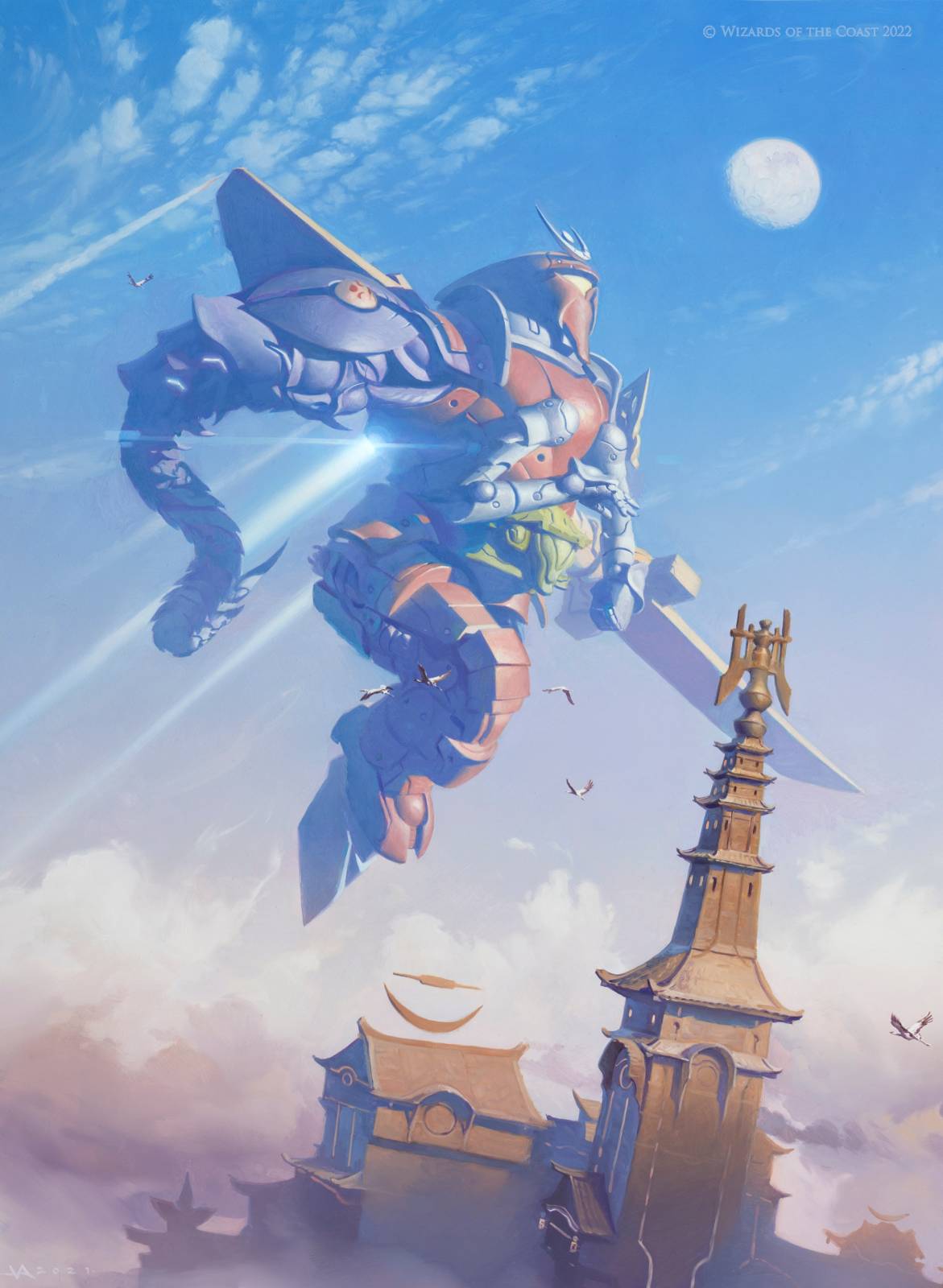
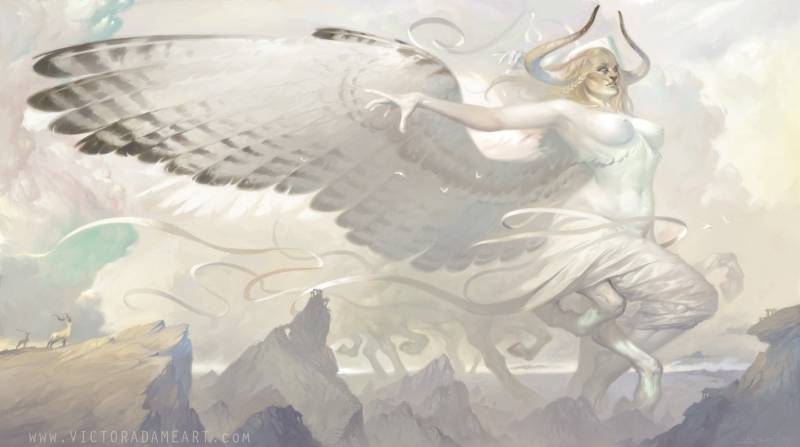
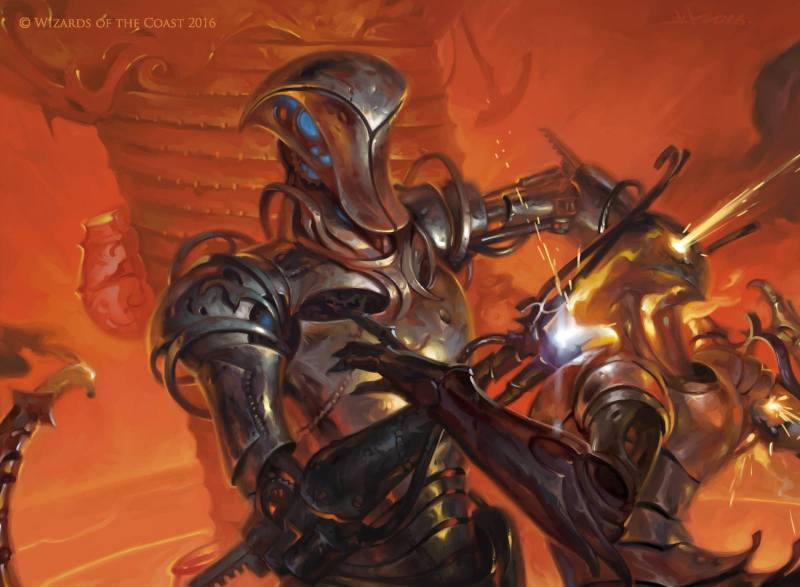
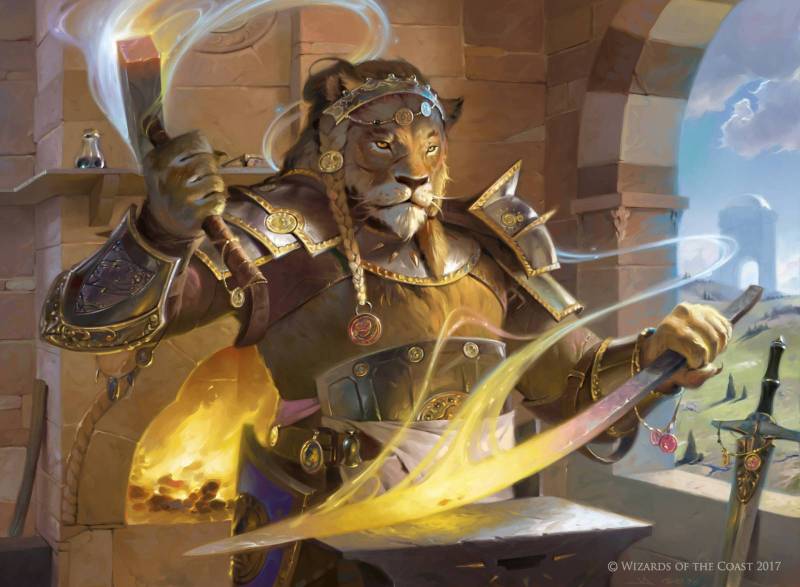
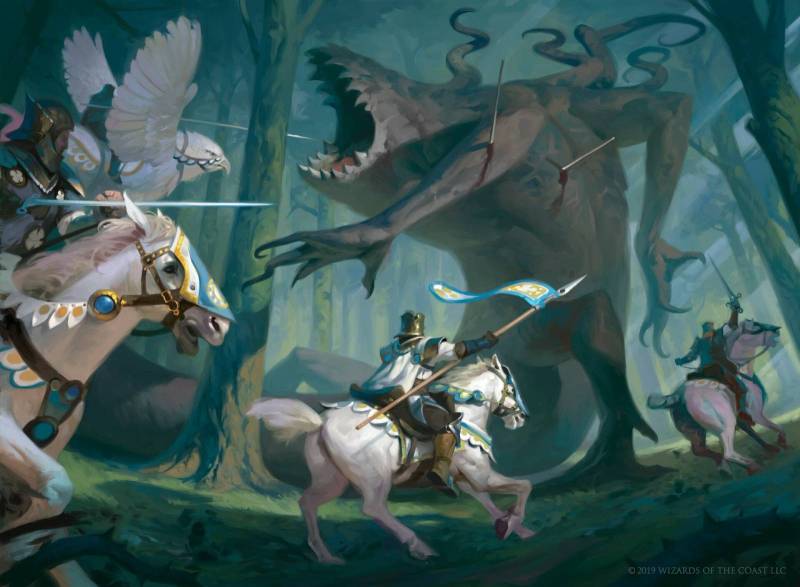
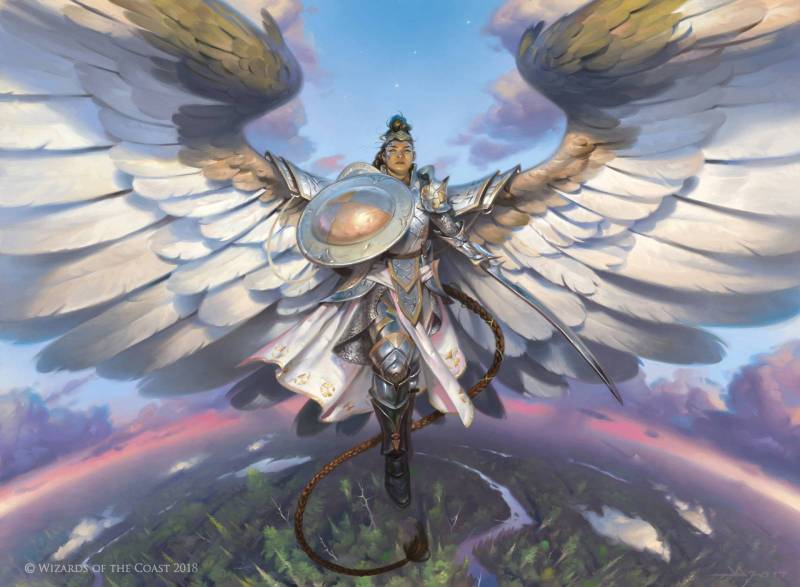
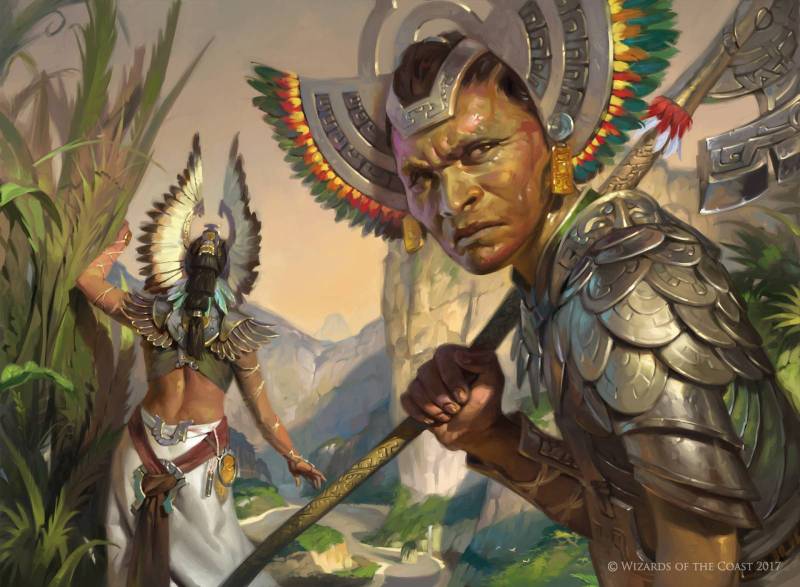
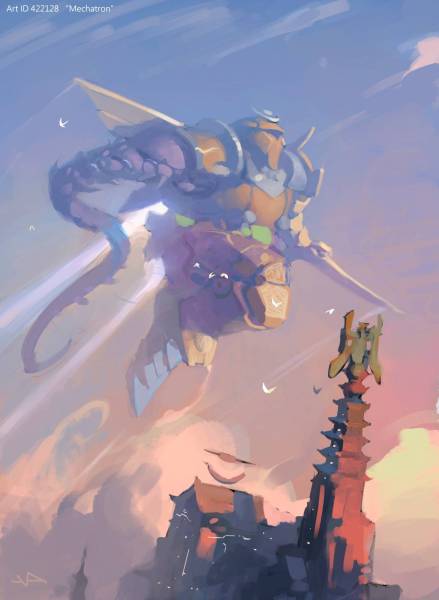
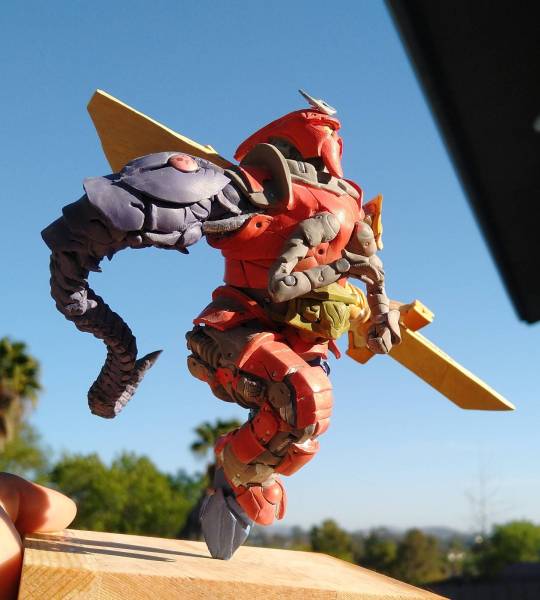

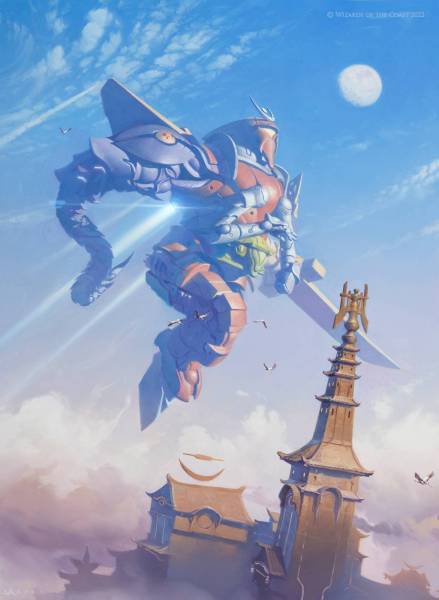
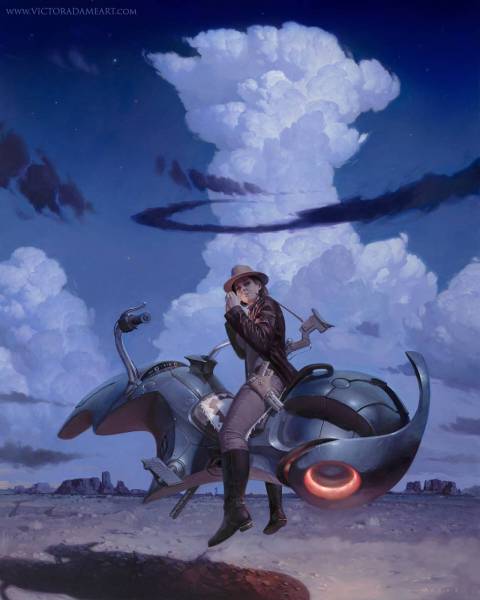
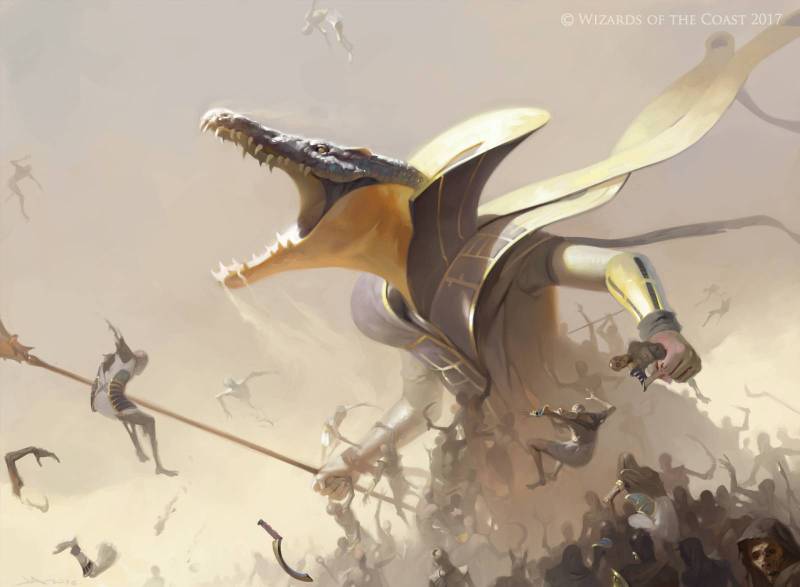
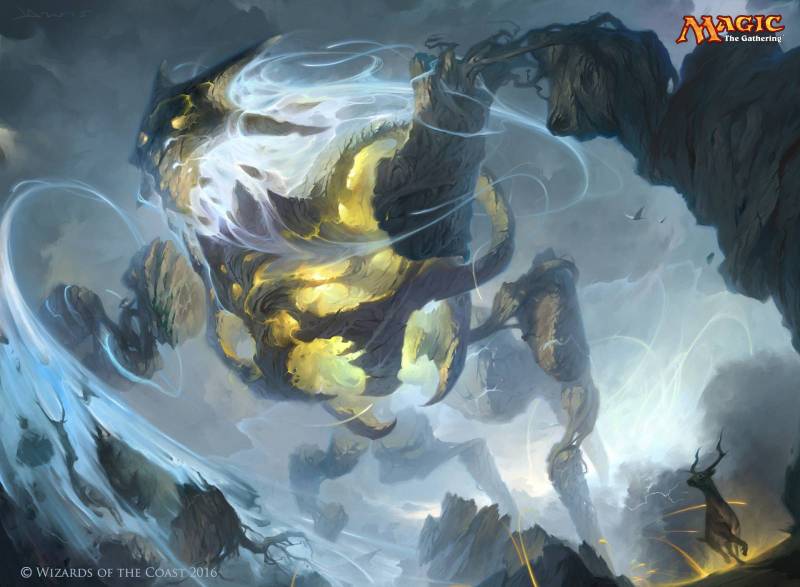
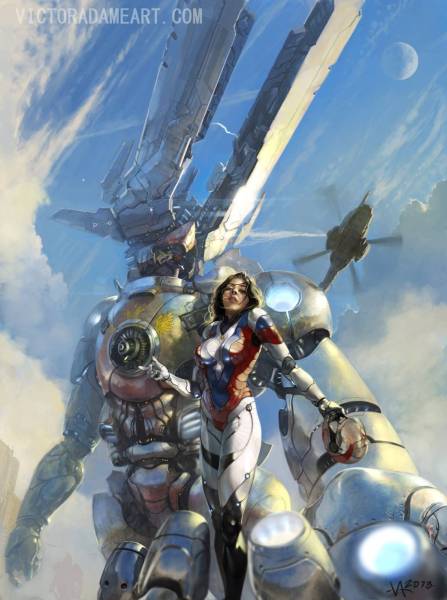
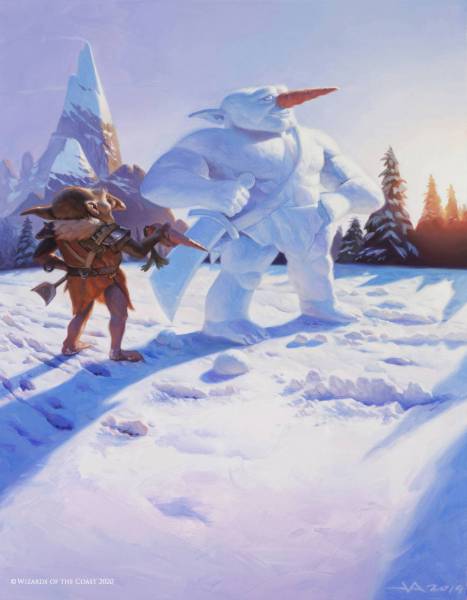
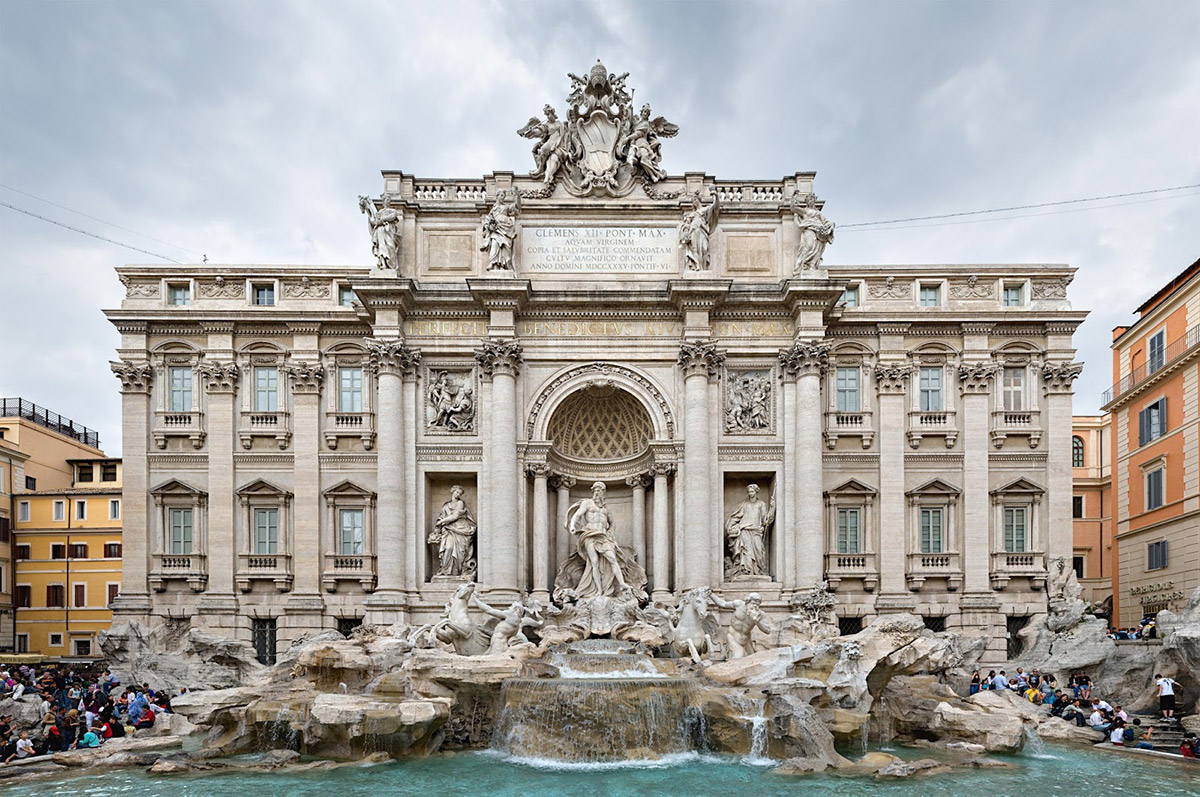
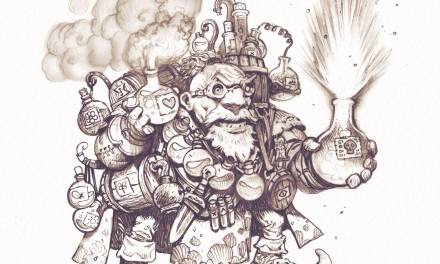
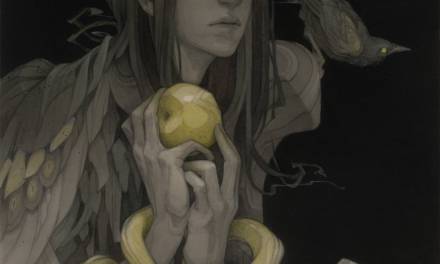
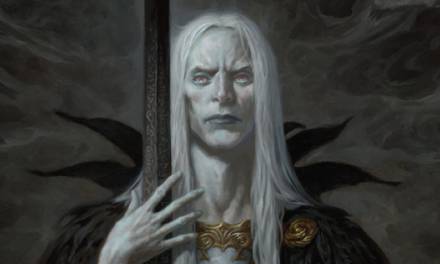
Awesome work, Victor!
Really appreciate this interview! Victor’s work is stunning and a long time favorite.